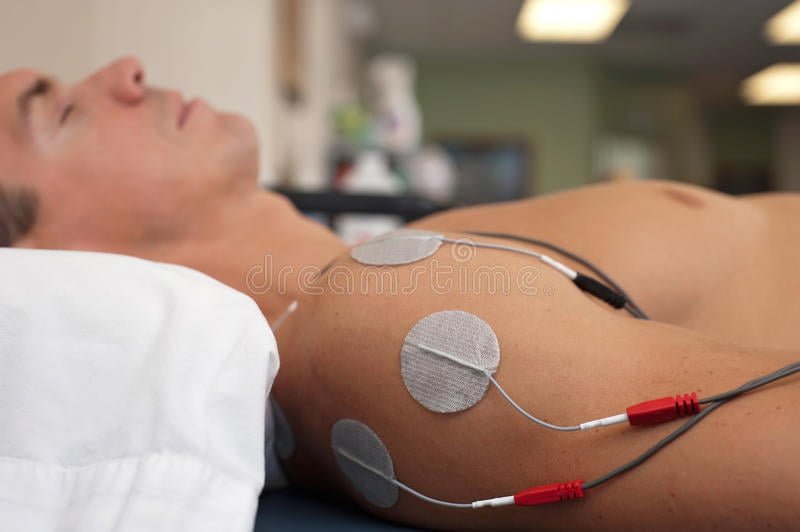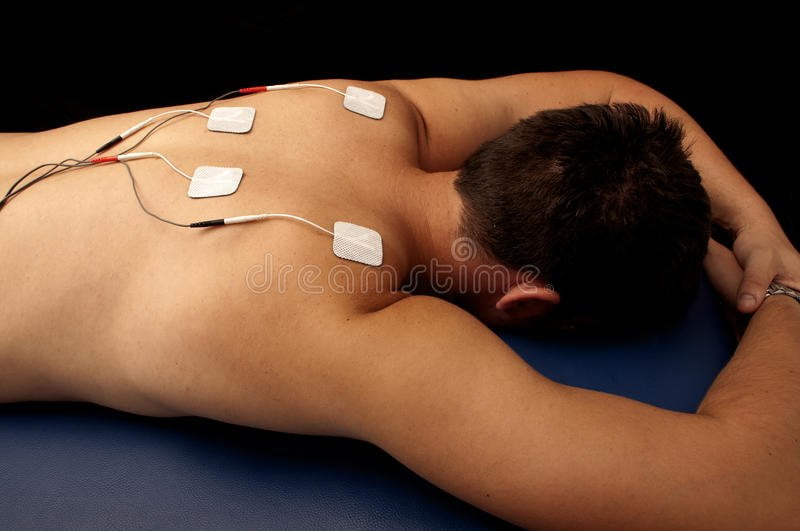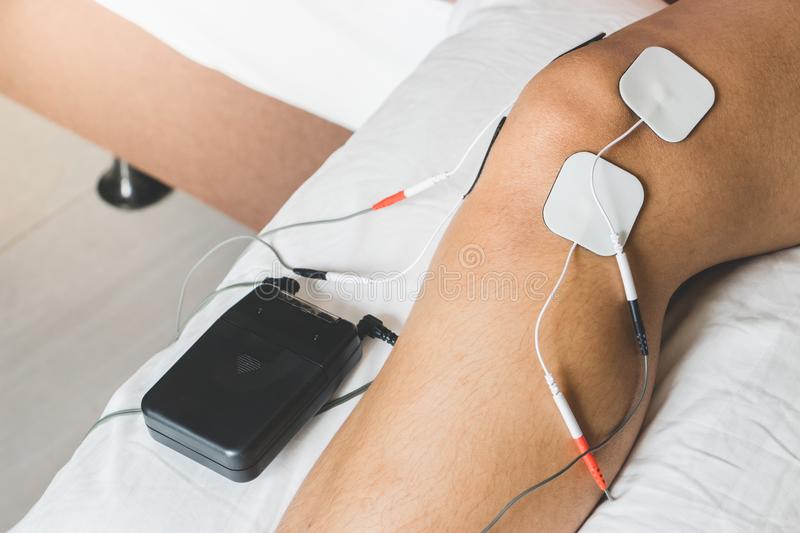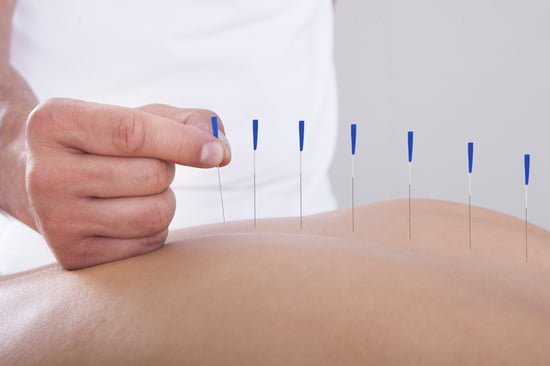
What is IMS?
IMS, or Intramuscular Stimulation, is an innovative treatment to deal with chronic pain using fine acupuncture-style needles to release the tension and soothe overly irritated nerves. It is particularly beneficial for treating tennis elbow, chronic low back pain, headaches, stiff necks and tendonitis. It is also referred to as dry needling.
What happens when I come in for IMS?
In your first IMS session, the physiotherapist performs a thorough evaluation of your movement, strength and function. These tests will evaluate your muscle strength, range of motion and reflexes. A hands on examination of the skin and muscles are completed at the area of pain as well as along the spine to evaluate changes brought about by unhealthy nerves.
The achy and tight muscles that you feel when you have ongoing pain has a physical basis because every muscle in your body is wired into a network of nerves. When nerve flow becomes blocked, the nerve can behave erratically and causes changes in the muscle including muscle weakness, knotty and tight muscles that can be painful.
The physiotherapist uses fine acupuncture needles to get into the irritated muscle bands. The needle which is housed in a plastic tube is pressed and tapped gently against the skin by the physiotherapist, allowing the needle to enter the muscle.
Next, the physiotherapist uses the fine art of touch – healthy and relaxed muscles yield easily; unhappy ones provide increased resistance. An aggravated muscle contracts and twitches when stimulated by the needle, causing an ache that can last a few seconds.


How Does IMS Work?
There are a number of changes that take place when the needle is inserted into an aggravated muscle. First off, special receptors in the tendons are activated by the muscle contraction and these receptors send messages to the muscle to relax again. What’s more, this tiny “injury” created by the needle boosts healing blood flow to the area bringing many healing chemicals to the area. Ultimately, inserting the needle also creates what’s called an “electric potential” which acts almost like a reset switch for your nerves to function normally again.
What does IMS feel like?
The experience of an IMS treatment greatly varies from person to person. Irritated muscles respond to a needle by cramping, aching or contracting. This is not the needle causing the pain, but the muscles’ response to it. This response can be uncomfortable and sometimes painful for people, but it’s temporary. Your level of discomfort is in some ways dictated by the level of nerve dysfunction and decreases as the nerve returns to normal function.
It’s understandable if you might be a little anxious about your first session, but our IMS trained physiotherapists work with you to help minimize any potential discomfort. The most common side effect of the treatment is a soreness to the treated areas-not unlike being sore from a workout at the gym.


Could You Benefit from IMS?
IMS is perfect for those nagging aches that just don’t seem to go away, even when the injury that originally caused them is no longer there. Some clues that you may be experiencing muscle shortening or over-sensitive nerves include:
- Stiffness and a decreased range of movement
- Shortened muscles with tender “trigger points”
- A feeling of heat and burning in the area
- Deep aches
- Occasional short, sharp bursts of pain
- Extreme sensitivity to touch
Our experienced IMS trained physiotherapist, Karma Chopel Bhutia will be able to examine you thoroughly and determine exactly what is behind your chronic pain. By targeting several muscles at once, and over the course of a few sessions, the pain signals can be “switched off” and the muscles given the chance to release and return to normal. Physiotherapist Reza Nematollahi also offers acupuncture dry needling as part of his physiotherapy treatment.

